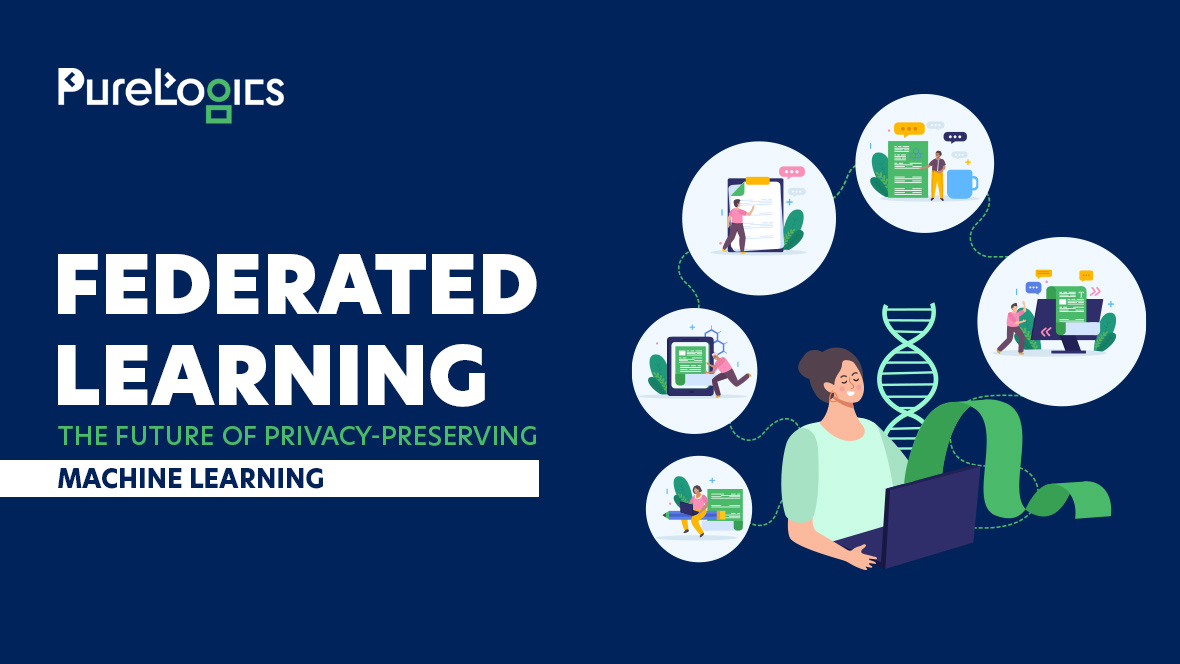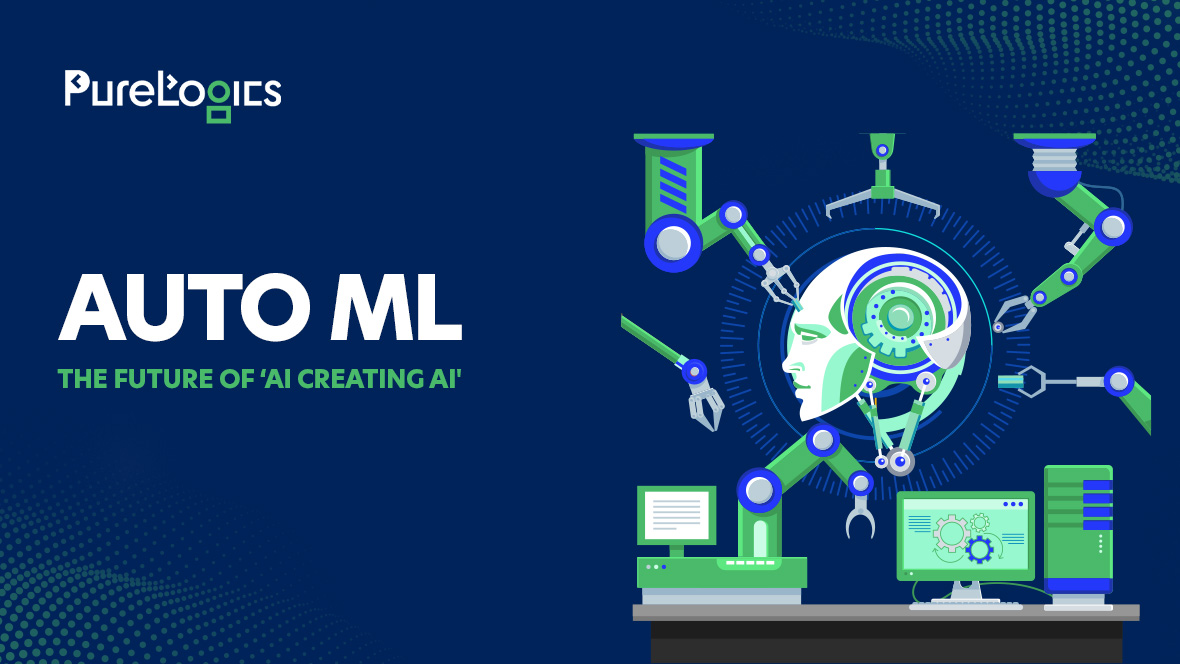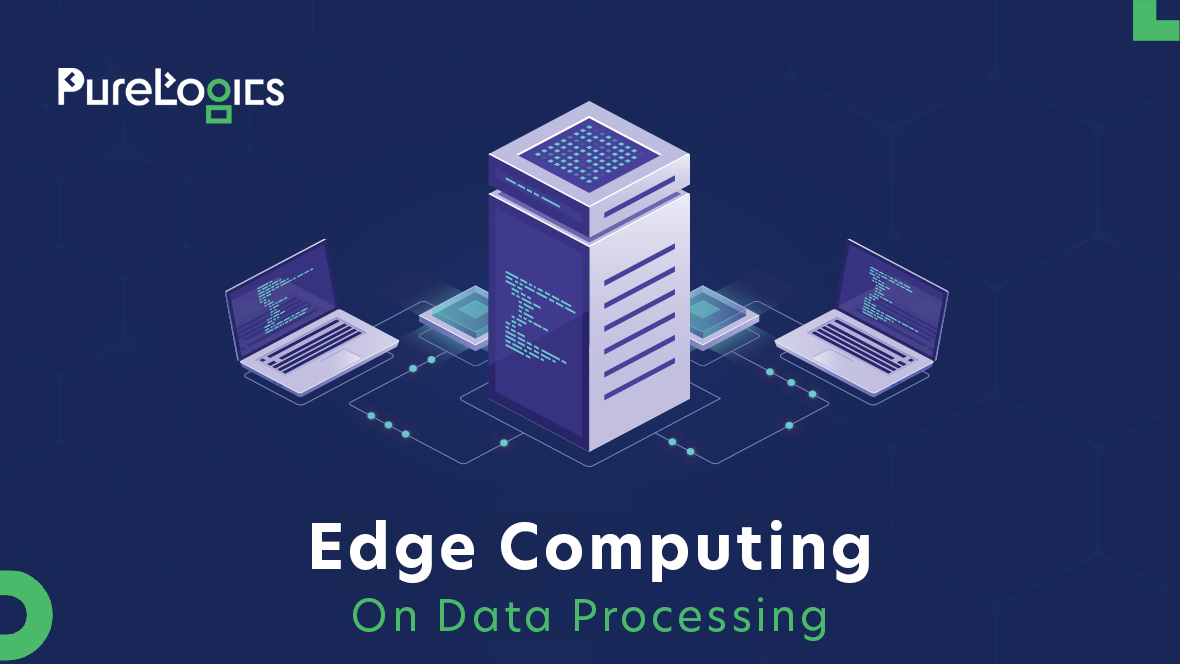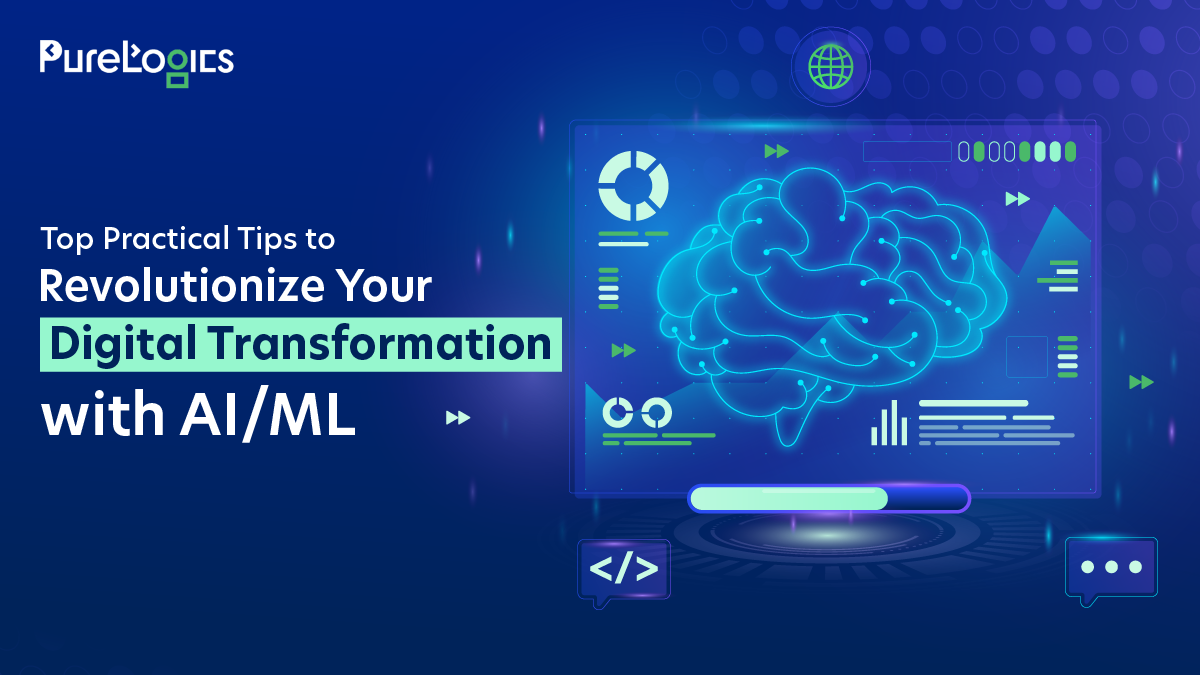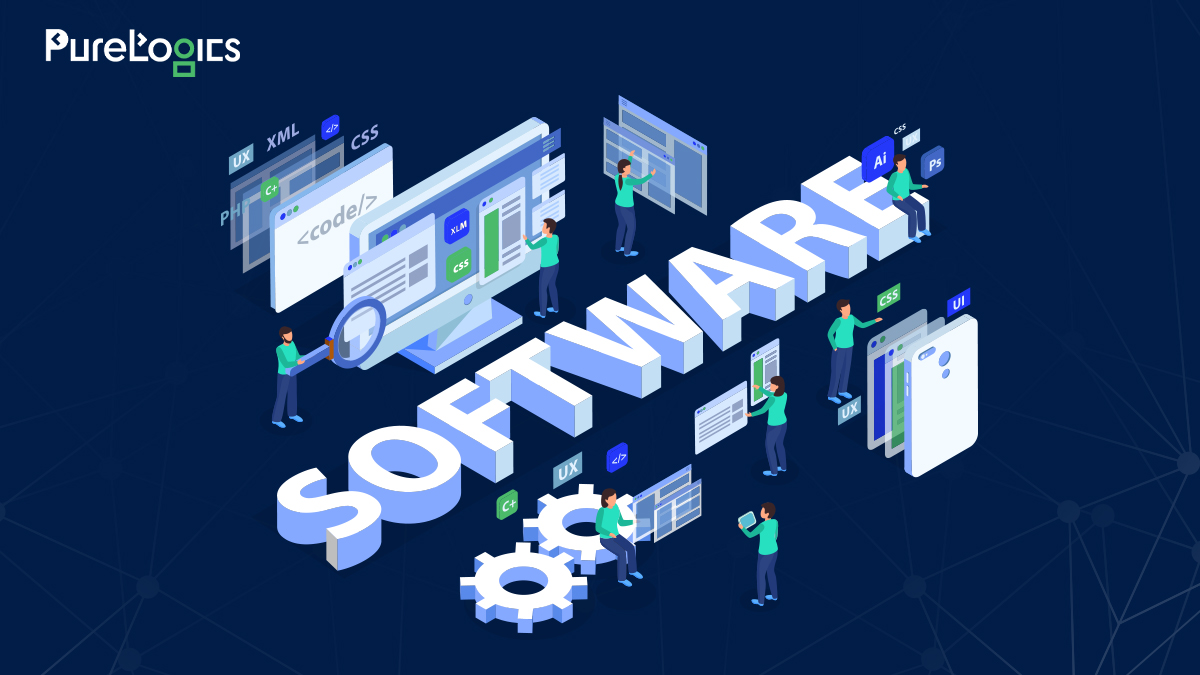In our digital world, data is the new gold. Daily online interactions and sensitive health records generate vast amounts of personal information every second. While this data fuels advancements in artificial intelligence and machine learning, it also raises significant concerns about privacy and data protection.
Enter federated learning, a groundbreaking approach that promises to balance the scales between innovation and privacy.
What is Federated Learning?
Federated learning is a decentralized method of training machine learning models. Instead of pooling data into a central server, the model is sent to where the data resides, be it smartphones, computers, or organizational servers.
The model learns from the local data, and only the learning (model updates) is sent back. This means your data stays with you, reducing the risk of exposure.

Why Does Privacy Matter in Machine Learning?
Data breaches are becoming alarmingly common. In 2023 alone, over 1,000 significant data breaches were reported, exposing millions of personal records. Centralized data storage makes it an attractive target for cybercriminals.
Moreover, sharing sensitive information, such as health records, raises both ethical and legal concerns. Federated learning addresses these concerns by keeping data decentralized, thereby maintaining the privacy of individuals.
How Does Federated Learning Work?
1. Model Initialization: A global model is created and shared with local devices or servers.
2. Local Training: Each device trains the model using its data.
3. Update Aggregation: The local updates are sent back (without raw data) and combined to improve the global model.
4. Iteration: This process repeats, refining the model while keeping data private.
Applications of Federated Learning
Federated learning is transforming industries by enabling AI-driven solutions that do not compromise data privacy. Here are five powerful real-world applications:
Healthcare and Medical Research
Hospitals and research institutions utilize federated learning to train AI models on patient data without sharing sensitive records. For instance, Owkin and the Mayo Clinic employ federated learning to develop cancer detection models across multiple hospitals, thereby enhancing diagnosis accuracy while adhering to privacy regulations such as HIPAA and GDPR.
Smartphone AI Assistants
Companies like Google and Apple use federated learning in virtual assistants such as Gboard and Siri. Google’s Gboard keyboard improves text predictions by learning user typing habits across millions of devices without storing private messages. This decentralized approach enhances user experience while protecting personal data.
Finance and Fraud Detection
Financial institutions, including Mastercard and JPMorgan Chase, utilize federated learning to detect and prevent fraudulent transactions. By training models on distributed datasets across multiple banks, the AI detects suspicious activity without exposing customer financial details, reducing risks while ensuring compliance with strict banking regulations.
Autonomous Vehicles
Self-driving car companies, such as Tesla and Waymo, utilize federated learning to enhance autonomous navigation. Vehicles collect driving data from real-world scenarios, train models locally, and share insights with a central model. This improves performance across all cars without requiring the transmission of raw data to central servers, thereby ensuring privacy.
Smart IoT Devices
IoT manufacturers, such as Samsung and Nest, integrate federated learning into smart home devices to personalize user experiences. For instance, smart thermostats learn a user’s household temperature preferences while keeping their data private, thereby optimizing energy efficiency without sending sensitive information to external servers.
Benefits of Federated Learning
Enhanced Privacy – Data stays on local devices, reducing exposure risks and ensuring compliance with GDPR and HIPAA regulations.
Reduced Latency – Since AI models are trained locally, responses are faster, thereby improving the user experience in real-time applications such as voice assistants and self-driving cars.
Lower Bandwidth Usage – Only model updates (not raw data) are shared, significantly cutting down network congestion and cloud storage costs.
Personalized AI Models – Devices learn from individual user behavior, making applications like smart keyboards and recommendation systems more tailored to user needs.
Scalability and Collaboration – Organizations across industries, from finance to healthcare, can collaboratively train AI models without sharing sensitive data.
Challenges to Consider
While federated learning offers numerous benefits, it also presents several challenges. For instance, data heterogeneity is a significant challenge, as data is scattered across various devices, resulting in variations in quality and structure that can affect model accuracy. Additionally, communication overhead can slow down processes, as thousands (or millions) of devices must send updates, requiring significant computational power and network resources.
Another key concern is security risks. Although raw data stays local, model updates can still be vulnerable to cyberattacks if not properly encrypted. Therefore, implementing robust differential privacy and secure aggregation techniques is crucial to prevent data leaks and unauthorized access.
Final Remarks
Federated learning is revolutionizing AI by enabling powerful, privacy-preserving machine learning across industries. As organizations seek more innovative, more secure AI solutions, this technology will play a vital role in shaping the future.
Ready to implement privacy-first AI solutions? Our expert team at PureLogics can help you build secure, scalable federated learning models. Contact us today to book your free consultation!


 [tta_listen_btn]
[tta_listen_btn]
 July 17 2025
July 17 2025

